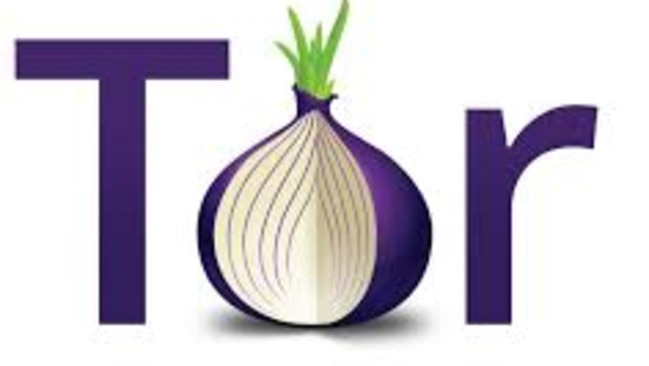Researcher finds way to reveal the identity of Tor users
Internet users seeking to conceal their identity with encryption software may be in for a rude shock.

Research by a computer science professor formerly of Columbia University has shown that 81 per cent of Tor users can be ‘de-anonymised.’
Tor is a free encryption software program known as an onion router that provides anonymity to the user by running internet activity through a worldwide network of volunteer servers.
The software is the most popular of its kind and has been embraced by a growing number Australians seeking to keep their internet activities private.
However, the anonymity that Tor is premised on may not be so ironclad.
In research conducted between 2008 and 2014, Professor Sambuddho Chakravarty published a number of papers that claimed a 100 per cent ‘de-cloaking’ success rate under laboratory conditions and 81.4 per cent in the actual Tor network.
The de-cloaking method involves introducing disturbances into the highly regulated environs of onion router protocols and then exploiting the Cisco netflow tool built into its routers to analyse router data.

Dr Chakravarty has said that it’s not even necessary to be a highly resourced in order carry out such a traffic analysis attack.
“A powerful, yet non-global adversary could use traffic analysis methods … to determine the various relays participating in a Tor circuit,” he said.
Tor responded to the hack in a recent blog post saying that traffic correlation attacks “are not a new arena” and that they have already worked to implement security measures.
This is not the first scare that Tor users have had, earlier in the year the heartbleed bug not only compromised a majority of internet sites but also rendered the anonymity of Tor users vulnerable.
While ‘dark websites’ that require encryption software continue to be used across Australia the anonymity of such activities seems to be less and less certain.



